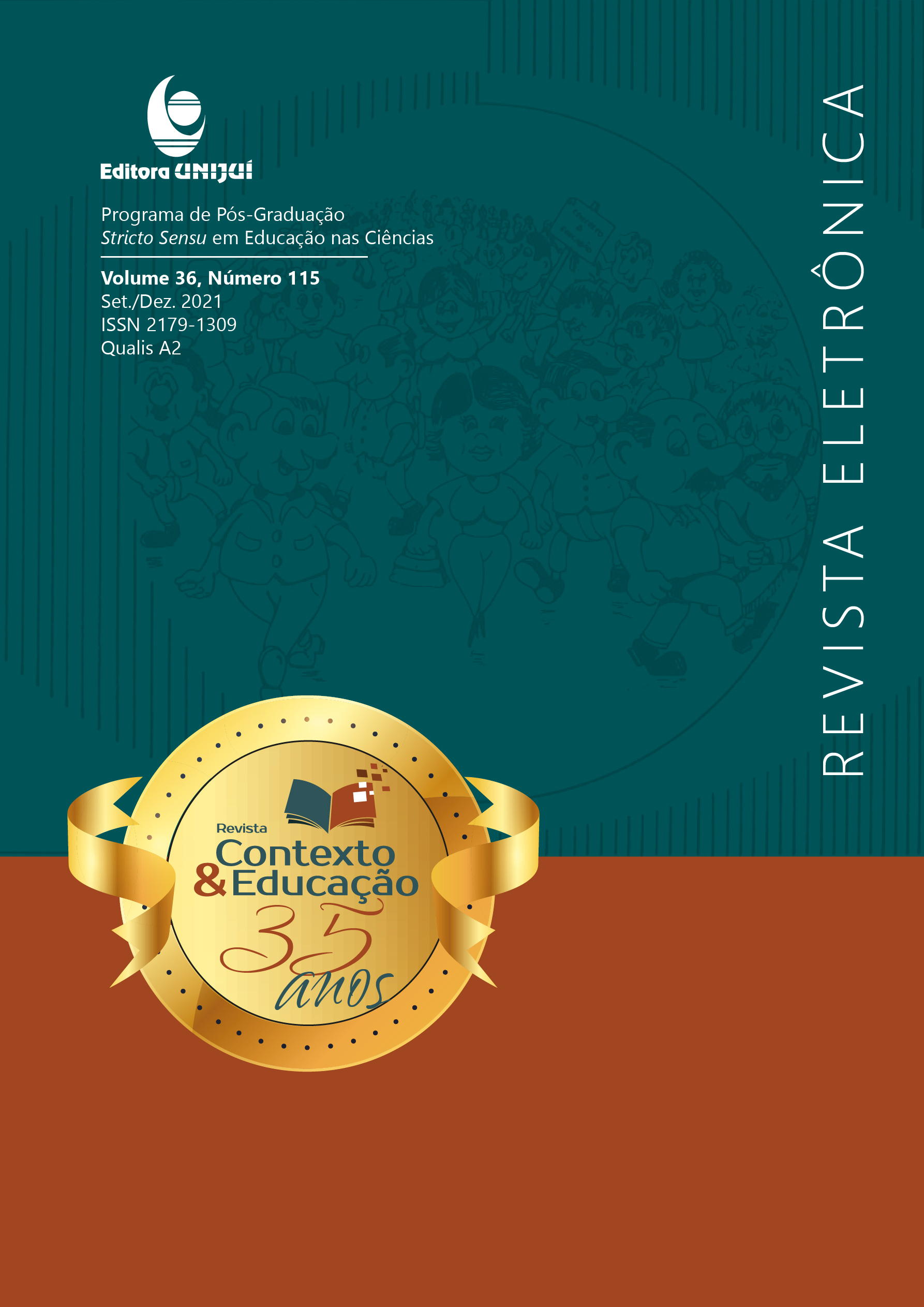AS INTERVENÇÕES DO PIM COMO OBJETO DE ANÁLISE
PIM'S INTERVENTIONS AS OBJECT OF ANALYSIS
DOI:
https://doi.org/10.21527/2179-1309.2021.115.10208Keywords:
childhood, mediation, child development, public policyAbstract
Early childhood, considering birth to 7 years of age, needs essential care for the healthy development of the child, thus bringing socioeconomic impacts to society. As for public policies, programs that encourage activities related to the integral development of this stage of life are essential, contributing to optimize the cognitive and socioemotional development of children. In this sense, the First Childhood Better Program (PIM), created by the State Government of Rio Grande do Sul and coordinated by the State Health Secretariat and with support from the Secretariats of Culture, Education, Labor and Social Development, is a government policy that serves vulnerable families with pregnant women and children aged 0-3 years, referred, in particular, by UBSF. Children discharged from the Intensive Care Unit (ICU) are also part of this target audience and require special attention. Considering that scientific production, in addition to promoting the dissemination of public policy, simultaneously contributes to the analysis, reflection and discussion of programs, which contributes to the qualification of the actions involved, the article presented here aims to generate an overview of scientific production that has as its theme the approach of this Public Policy.
Downloads
Published
How to Cite
Issue
Section
License
By publishing in Revista Contexto & Educação, authors agree to the following terms:
All works are published under the Creative Commons Attribution 4.0 International License (CC BY 4.0), which allows:
Sharing — to copy and redistribute the material in any medium or format;
Adaptation — to remix, transform, and build upon the material for any purpose, even commercially.
These permissions are irrevocable, provided that the following terms are respected:
Attribution — authors must be properly credited, a link to the license must be provided, and any changes made must be indicated.
No additional restrictions — no legal or technological measures may be applied that legally restrict others from doing anything the license permits.
Notices:
The license does not apply to elements that are in the public domain or covered by legal exceptions.
The license does not grant all necessary rights for specific uses (e.g., image rights, privacy, or moral rights).
The journal is not responsible for the opinions expressed in the articles, which are the sole responsibility of the authors. The Editor, with the support of the Editorial Board, reserves the right to suggest or request modifications when necessary.
Only original scientific articles presenting research results of interest that have not been previously published or simultaneously submitted to another journal with the same purpose will be accepted.
Mentions of trademarks or specific products are intended solely for identification purposes and do not imply any promotional relationship by the authors or the journal.
License Agreement (for articles published from October 2025): Authors retain the copyright to their article and grant Revista Contexto & Educação the right of first publication.


